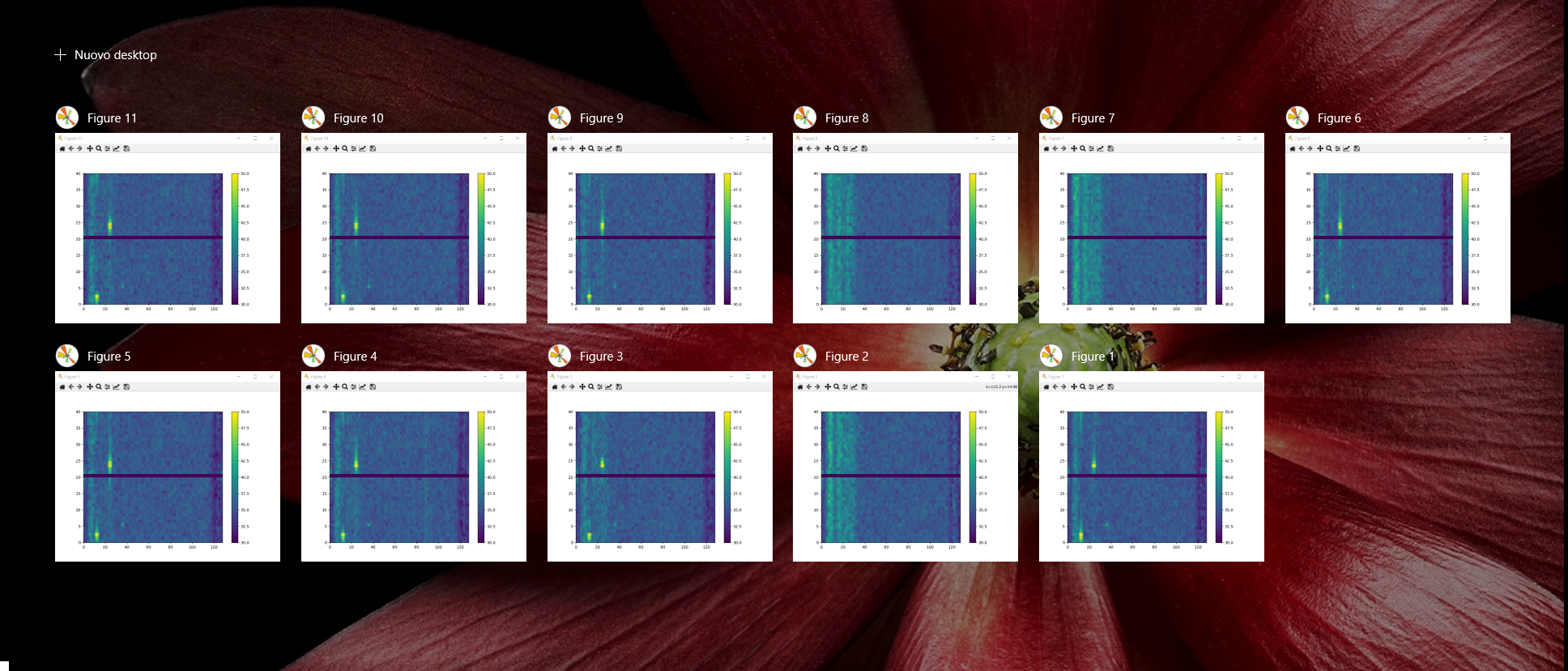Hi,
I am testing two IWR6843AOPEVM.
Both of them belong to lot 0315202102 (hw revision F).
The two serial numbers are: 1021910458, 1021910522.
With one AOP module I have a strange but repeatable noise behaviour: the range-doppler map of an empty area (looking to the sky) have two peaks at a fixed distance and speed. Some times the peaks are not focalized in the doppler domain (even if they are still present at the range bin). See the following image where 11 acquisitions in the same condition have been collected.

With the other AOP module in the very same condition the result is fine. See the following image.

The sensor with spurs is probably unaccettable from a signal point of view.
Is it a normal behaviour or there is something bad on that specific sensor?
Do you have any suggestion to reduce this kind of noise?
Best regards,
Ugo

